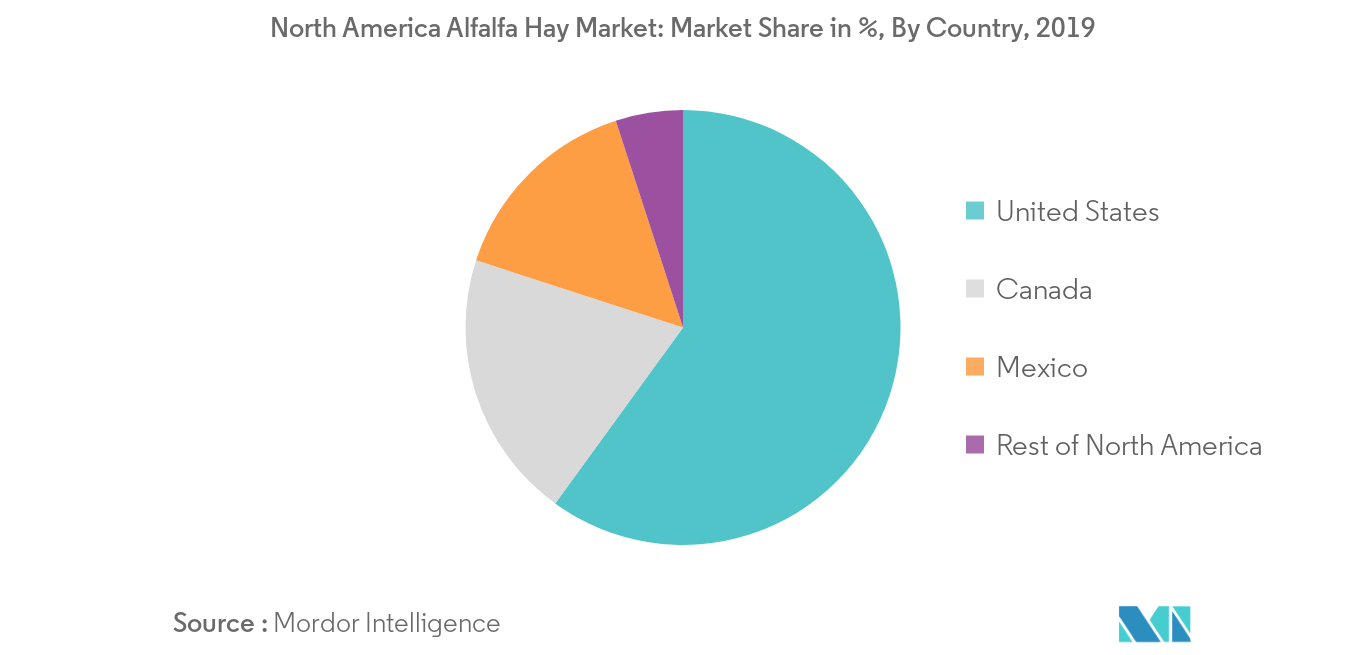Part
01
of eight
Part
01
Hay Market Research: Mexico, Part 1
Mexico exports hay to the United States of America. The US imported $11.14 million from Mexico from July last year to July 2020. Data on the total amount of hay produced, its market value and the amount of hay exported annually (in metric tons) from Mexico were unavailable. N/A was therefore inserted in Row 12, column C — E of the attached spreadsheet.
Summary
- The total export value of Mexico's forage products cumulatively, including hay as of 2018, stood at the $17. 78 million.
- The United States is considered Mexico's principal agricultural partner. It has primarily remained the country's market for agricultural produce this largely because of geographical advantage.
- According to a report, Mexico became the second-largest importer of hay through July of this year, Canada led the list. Mexico was also the second importer of Hay to the US in the previous year.
- It's estimated that US imports from Mexico increased by 13.79%, which is roughly $1.35 million.
- The ministry of environment in Mexico is against the extraction of Hay in Mexico. According to the ministry, hay extraction contributes to environmental destruction as hay protects the soil against soil erosion and acts as animal protectors.
Research Strategy
The research team was unable to find most of the relevant data regarding the hay market in Mexico. Our first attempt was to source information from the ministry of agriculture in Mexico, The secretariat of Agriculture and Rural Development. We hoped to find published information regarding the country's hay market as it was directly related to the agriculture ministry. However, we were unable to find information that was relevant regarding the market.
As a second strategy, we decided to expand our scope and focus on countries that imported hay from Mexico. The team thought this would be a prudent idea because the importing countries usually publish information regarding the country's total hay produced alongside what they imported from the market and any other relevant data regarding the Mexico hay market. The second strategy proved to be silently useful as we made use of it to compile useful information. This strategy revealed that the US was the largest importer of agricultural produce, hay to be specific from Mexico. According to US Trade Numbers, Mexico was the second leading exporter of hay in the USA for the past two years. We were, however, unable to find the exact data regarding the hay market in Mexico.
Our last strategy employed language translation tools to gain access to articles, news articles, and reports published in Spanish (Mexico's national language). We opted to find information regarding the hay market in Mexico. We came across an article that stated that the ministry of Environment in Mexico was against hay extraction in the country. The ministry initiated campaigns to its citizens to stop buying hay as it promoted environmental destruction. According to the ministry, hay extraction led to environmental destruction, promoting soil erosion, and promoting animal harm. This article proved why little data or no data was publicly available regarding the hay market in Mexico.
The team concluded that this was partly the reason data on hay production in Mexico was limited.
